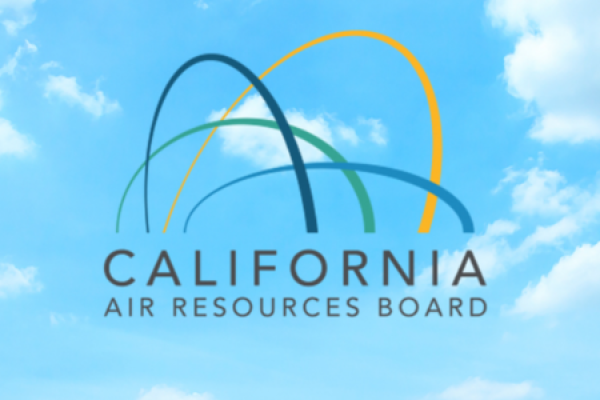
Taslim Imad
Published: January 19, 2025
The California Air Resources Board (CARB) 2020 Ocean Going Vessels At-Berth-Regulation for the use of a CARB-Approved Emission Control Strategy (CAECS) while docked at a Regulated California port or terminal will, on 01 January 2025 be extended to include tanker vessels visiting regulated terminals at Port of Los Angeles or Port of Long Beach, and Ro-Ro vessels visiting all regulated terminals. The two ship segments have been added to the existing enforcement for container, refrigerated cargo and cruise vessels visiting regulated terminals in California ports.
Image source: CARB Releases Final 2022 Scoping Plan - California Wildfire & Forest Resilience
The 2020 At Berth Regulation, which first took effect on 01 January 2021, is to be enforced as per the below schedule:
| Compliance Start Date for Emission Control Requirements | Vessel Type |
| January 1, 2023 | Container, reefer, cruise vessels (for visits to all regulated terminals) |
| January 1, 2025 | Roll-on-roll-off vessels (for visits to all regulated terminals) Tanker vessels (for visits to regulated terminals at Port of Los Angeles or Port of Long Beach) |
| January 1, 2027 | Tanker vessels (for visits to all regulated terminals) |
Source - Ocean-Going Vessels At Berth Regulation | California Air Resources Board
The visit reporting requirements were originally intended to be effective on 01 January 2023, but this effective date was extended to 01 May 2023 per a CARB Enforcement Notice.
These reporting requirements apply to all vessel types, except Military or Government vessels). Bulk and general cargo vessels do not have to comply with the use of a CAECS, but the reporting requirements for emissions have been applicable since the enforcement of CARB 2020.
The Vessel Visit Information Template consists of 5 sections, with the applicable fields to be completed dependent on vessel type and method of compliance as may be applicable.
Under the Enforcement Penalty Policy, non-compliance with the restrictions could lead to financial penalties.
Per At Berth Frequently Asked Questions – Revised September 26, 2024, question 10:
Pursuant to the California Health and Safety Code and the 2020 Regulation, each failure to meet any requirement of the 2020 Regulation constitutes a single, separate violation. “Additionally, each item on the vessel, terminal, and CAECS checklists is considered a separate action. Section 43016 of the Health and Safety Code (HSC) states penalties shall not exceed $37,500 for “each action” subject to this part of the code. The maximum penalty under HSC section 43016 increases by the California Consumer Price Index (CPI) each year.9 Also, each calendar day, or portion of, in which violations occur will be a separate daily violation. Therefore, if a visit occurred across two calendar days, it would be considered two days of violations for each action violated in the 2020 Regulation.”
To avoid last minute delays and issues with compliance it is recommended that, in preparation for arrival at a Californian port or terminal, the ship installation be assessed for suitability and compatibility with the available shore facilities. Careful consideration should be given to any contractual agreements with service providers facilitating compliance with the 2020 At Berth Regulation.
Being well prepared should support smooth terminal operations, compliance with the 2020 At Berth Regulation and the avoidance of penalties.
Supportive Information
For further information on this or other Loss Prevention topics please contact the Loss Prevention Department, Steamship Insurance Management Services Ltd.
Tel: +44 20 7247 5490; Email: [email protected]
Information Notice 6


